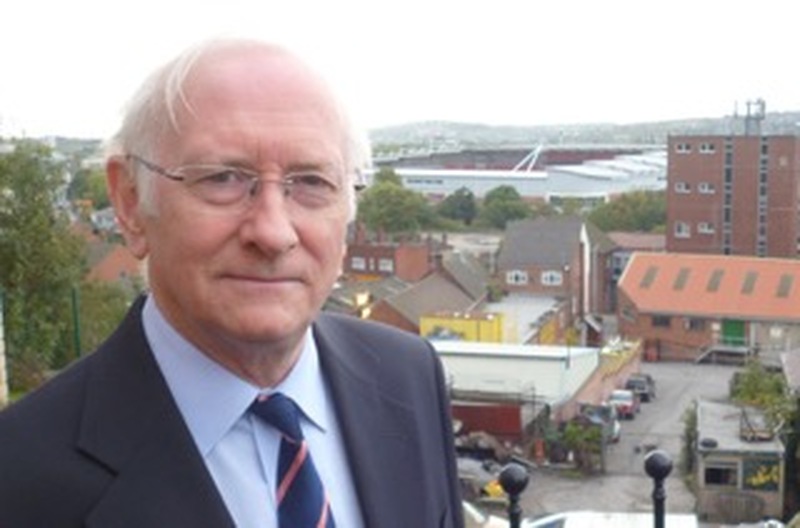FUTURE plans to roll-out so-called ‘smart’ motorways along Barnsley’s stretch of the M1 - which were delayed until five years’ worth of data had been collated due to safety concerns - have been ditched due to a lack of public confidence.
South Yorkshire’s current stretch, from junctions 32 to 35a, was set to be extended further as a result of leaders assessing plans for a new junction in Barnsley - 37a - in order to access a development site known as MU1, which is the largest in the council’s local plan blueprint for housing and business growth.
However, while that scheme remains part of the county’s future roads implementation plan, government ministers have announced any new smart motorways will be scrapped.
They have been the subject of criticism since they were rolled out for their lack of emergency stopping areas, leaving vehicles stranded in open lanes of fast-moving traffic.
South Yorkshire Police and Crime Commissioner Dr Alan Billings labelled it as a ‘half victory’ for Barnsley.
“I welcome what has been announced while deeply regretting that it has taken the Prime Minister so long to reach this decision,” he said.
“It is, however, only a partial victory because there is no intention to reinstate the hard shoulder on existing smart motorways, such as the all lane running type we have elsewhere in South Yorkshire.
“Yet it is on the existing smart motorways that we continue to see near misses as well as collisions on a regular basis.
“People have died on this stretch of the M1 locally and three coroners have concluded that the lack of a hard shoulder contributed to their deaths
“This decision does nothing to change this situation.
“The government needs to reflect on the illogicality of the position it has now put itself in.
“If, as the government now believes, there are issues about the safety of smart motorways, then those safety concerns apply as much to existing smart motorways as to any new ones.
“The government believes that existing smart motorways will be made safer by increasing the number of emergency refuges.
“We have been here before - why not save the cost and disruption this will entail and simply restore the nearside live running lane as a permanent hard shoulder?
“The government seems to blunder from one expensive mistake to another.
“I remain firmly of the view that having people breakdown or stop for whatever reason in a live lane is inherently dangerous.”
Dr Billings - who initially refused to back a smart motorway roll-out to Barnsley - believes motorists are reluctant to use the inside lane in case they encounter a stranded vehicle.
He added: “If there is a collision and traffic comes to a halt, a smart motorway presents a huge challenge for recovery workers when there is no hard shoulder to drive along and they have to navigate through stationary vehicles.
“HGV drivers have told me how hazardous it is trying to navigate around stationary vehicles in a live lane.
“I welcome the government’s decision to review the safety of smart motorways, but continue to urge them to abandon the scheme altogether.
“We should be designing dangers out of roads, not building them in.”




























